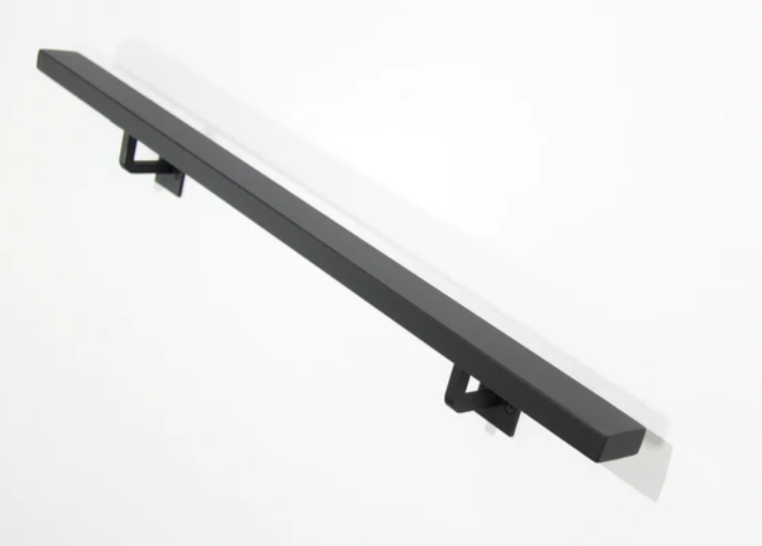
Stairs are not just a functional element of a home; they also provide an opportunity to enhance the aesthetics and safety of the space. Handrails for steps play a crucial role in this, offering not only support but also serving as a design feature. In this comprehensive guide, we will explore the significance of handrails for steps, the variety of options available, the importance of safety, and how to choose the perfect handrail for your unique needs.
The Significance of Handrails for Steps:
1. Safety First:
The primary function of handrails for steps is to enhance safety. Whether indoors or outdoors, stairs can pose a risk, especially for the elderly and young children. Handrails provide a stable grip, preventing slips and falls.
2. Aesthetic Enhancement:
Beyond safety, handrails contribute to the overall aesthetics of a space. They can complement the design of the staircase and the surrounding environment, adding a touch of style to an often-overlooked architectural element.
3. Regulatory Compliance:
In many regions, building codes mandate the installation of handrails for steps to meet safety standards. Adhering to these regulations is not only a legal requirement but also ensures the well-being of occupants.
Exploring Different Types of Handrails:
1. Wooden Handrails:
Wooden handrails offer a classic and timeless appeal. They can be stained or painted to match the interior decor, making them a versatile choice for both traditional and modern homes.
2. Metal Handrails:
Metal handrails, such as wrought iron or steel, are known for their durability and strength. They are often chosen for outdoor applications due to their resistance to the elements.
3. Glass Handrails:
For a contemporary and sleek look, glass handrails are gaining popularity. They provide an unobstructed view of the surroundings and can make smaller spaces appear more open.
4. Handrails with LED Lighting:
Combining functionality with a modern twist, handrails with integrated LED lighting not only guide the way but also serve as a decorative element, especially in dimly lit areas.
The Importance of Safety in Handrail Design:
1. Proper Height and Grip:
The effectiveness of a handrail depends on its proper height and grip. The design should accommodate users of different heights and provide a comfortable grip for a secure hold.
2. Secure Installation:
The installation of handrails is as crucial as their design. A securely installed handrail ensures stability and minimizes the risk of accidents. Professional installation is recommended to guarantee structural integrity.
3. Non-Slip Materials:
Choosing materials with non-slip properties is essential, especially for outdoor handrails. This prevents accidents during wet or icy conditions, providing year-round safety.
Choosing the Right Handrail for Your Space:
1. Consider the Environment:
The location of the stairs, whether indoors or outdoors, influences the choice of handrail material. Outdoor handrails should be weather-resistant, while indoor handrails can prioritize aesthetics.
2. Match with Interior Design:
Handrails should harmonize with the overall interior design theme. Consider the existing color palette, materials, and architectural style when selecting a handrail.
3. Personal Style Preferences:
Handrails come in various designs, from traditional to contemporary. Consider personal style preferences and how the handrail can contribute to the overall look and feel of the space.
DIY Handrail Installation vs. Professional Help:
1. DIY Installation:
While some may opt for a DIY approach, it's crucial to have the necessary skills and tools for proper installation. DIY projects can be cost-effective, but mistakes can compromise safety.
2. Professional Installation:
Hiring a professional ensures that the handrail is installed securely and in compliance with building codes. Professionals have the expertise to assess the unique requirements of your space.
Maintenance and Care Tips:
1. Regular Inspection:
Periodic inspections are essential to identify any signs of wear, damage, or loose fittings. Prompt repairs can prevent accidents and extend the lifespan of the handrail.
2. Cleaning and Upkeep:
The maintenance requirements vary based on the material. Wooden handrails may need periodic staining or sealing, while metal handrails might require rust prevention measures.
The Future of Handrails for Steps:
1. Innovative Materials:
The future of handrails may see the integration of innovative materials that enhance both aesthetics and durability. This could include advanced composites or sustainable materials.
2. Smart Handrails:
With the rise of smart home technology, handrails may incorporate smart features such as built-in sensors, lighting controls, or even integration with home automation systems.
3. Customization Options:
As homeowners seek unique and personalized designs, the future may bring a surge in customization options for handrails. This could include custom shapes, patterns, and materials.
Conclusion:
In conclusion, handrails for steps by Optimum Works are not just functional components; they are integral to the safety and aesthetics of a space. Whether indoors or outdoors, the right handrail can elevate the overall design while providing essential support. By considering safety standards, materials, and personal preferences, homeowners can choose handrails that seamlessly blend with their spaces, ensuring a harmonious and secure environment for all occupants.


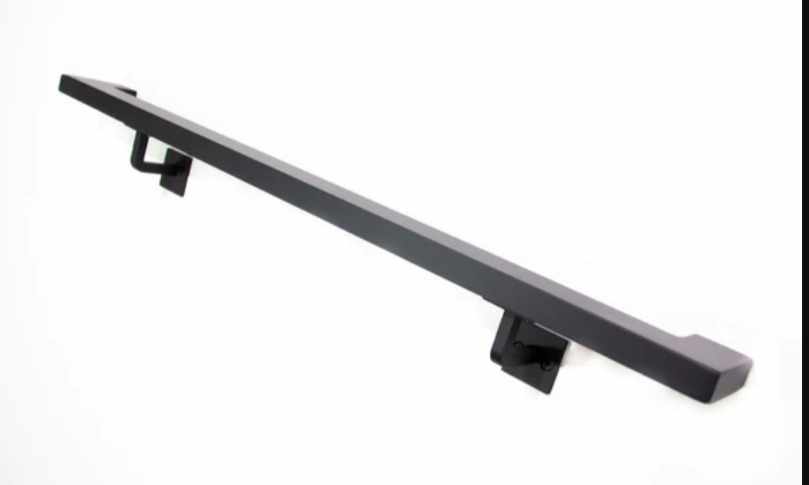
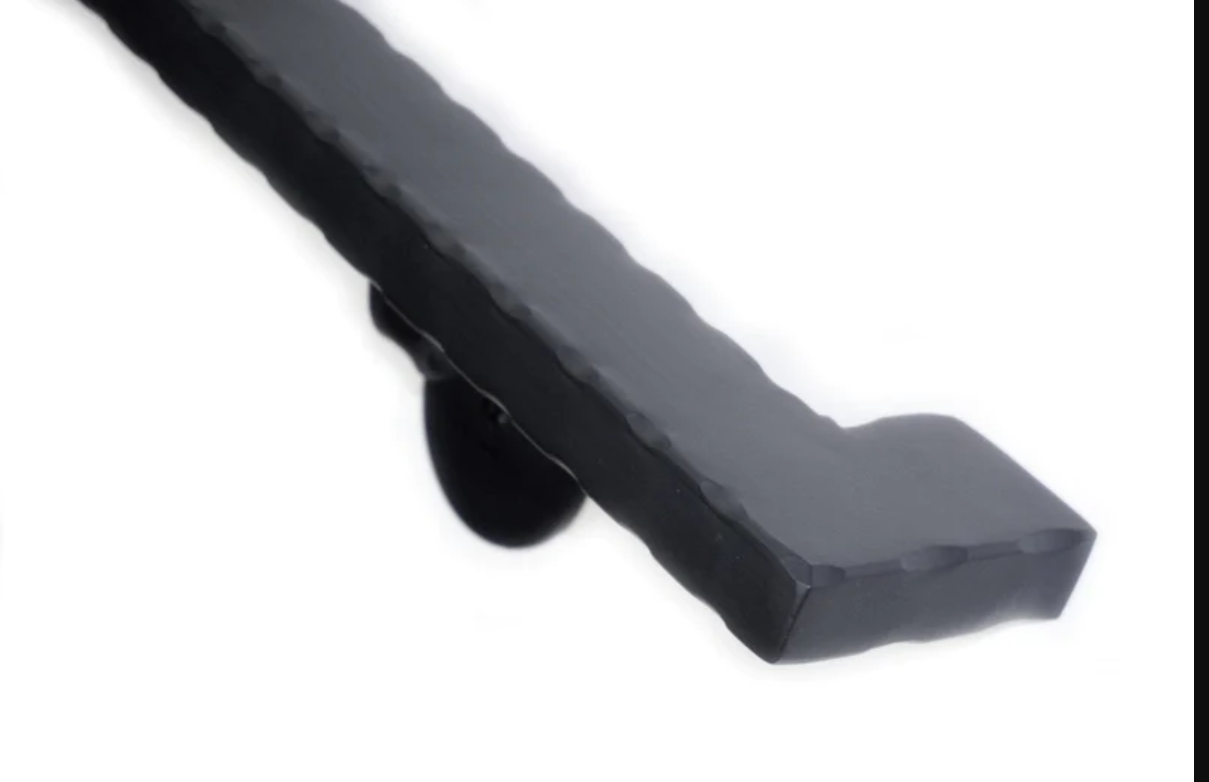
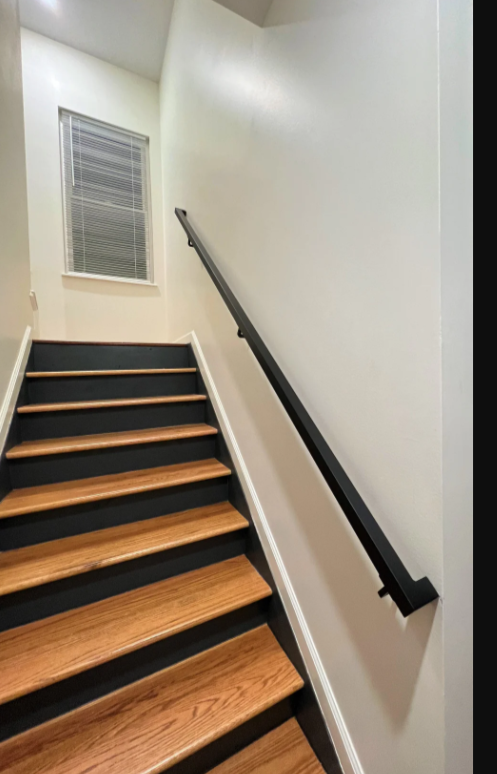
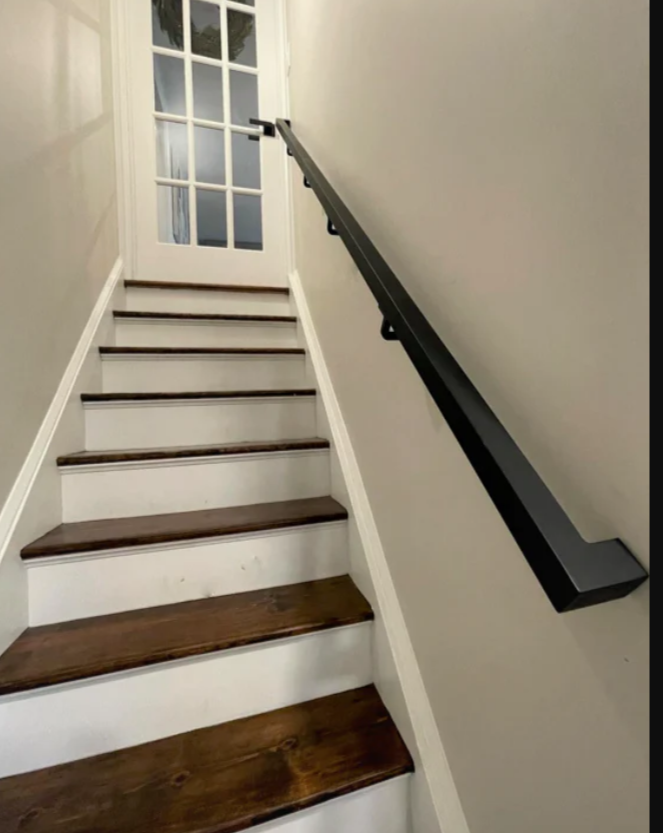
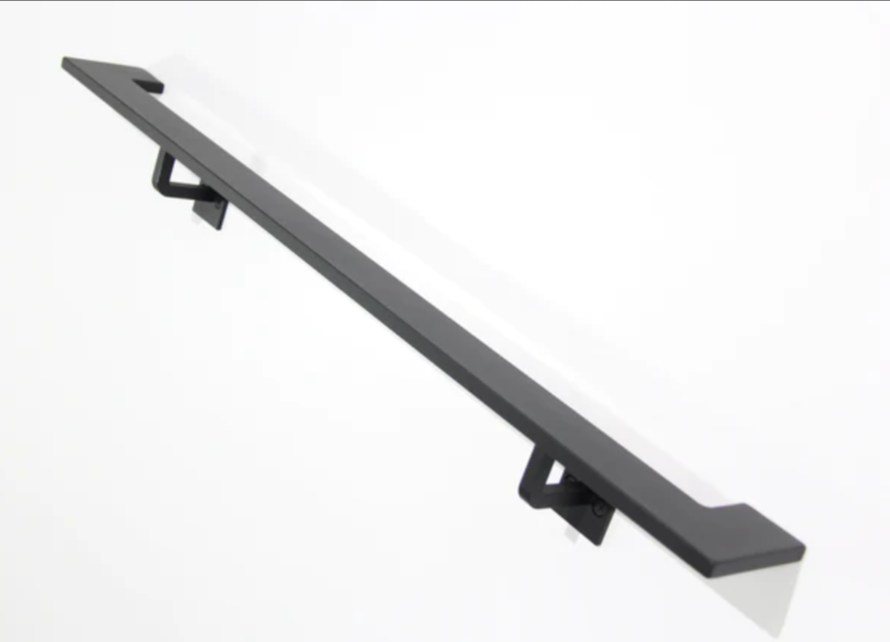
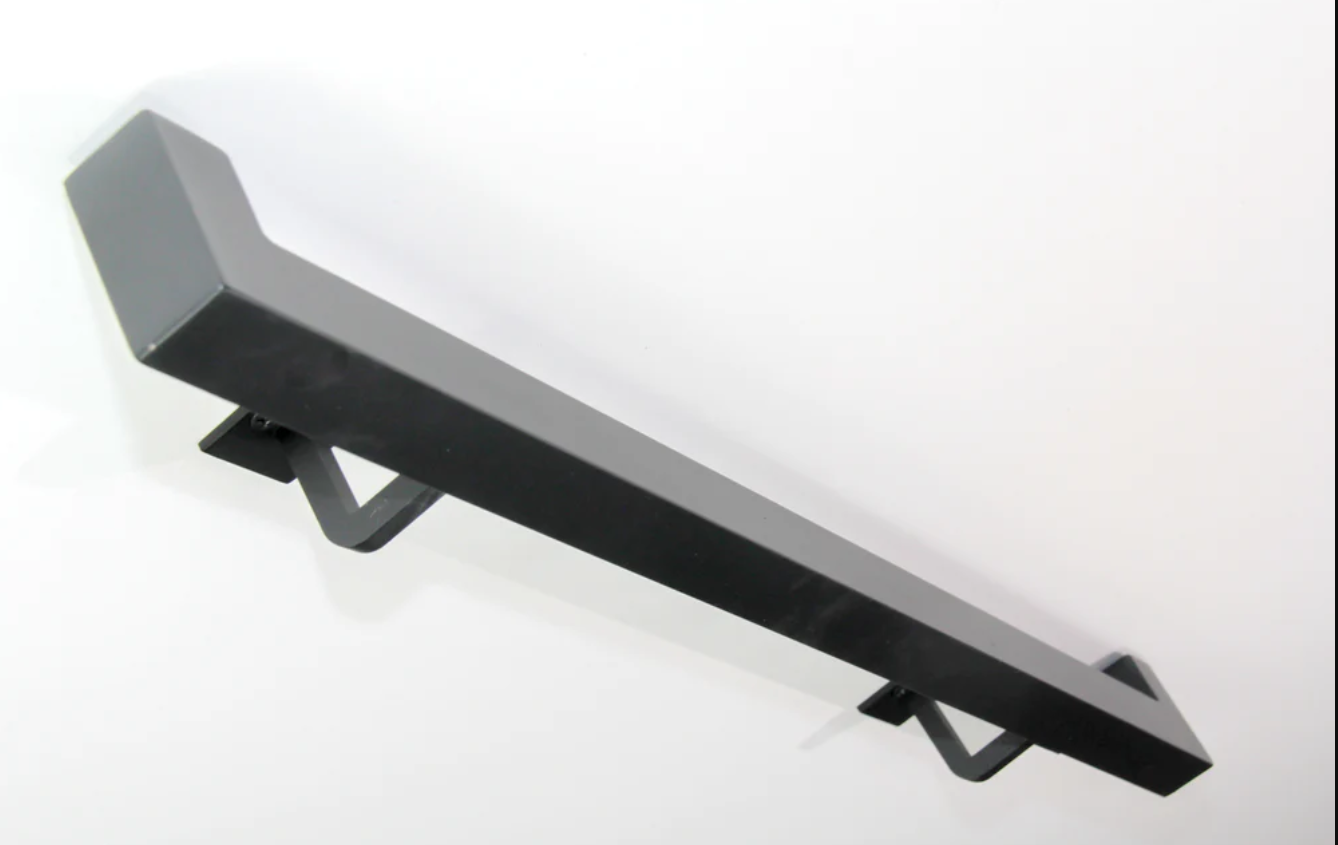
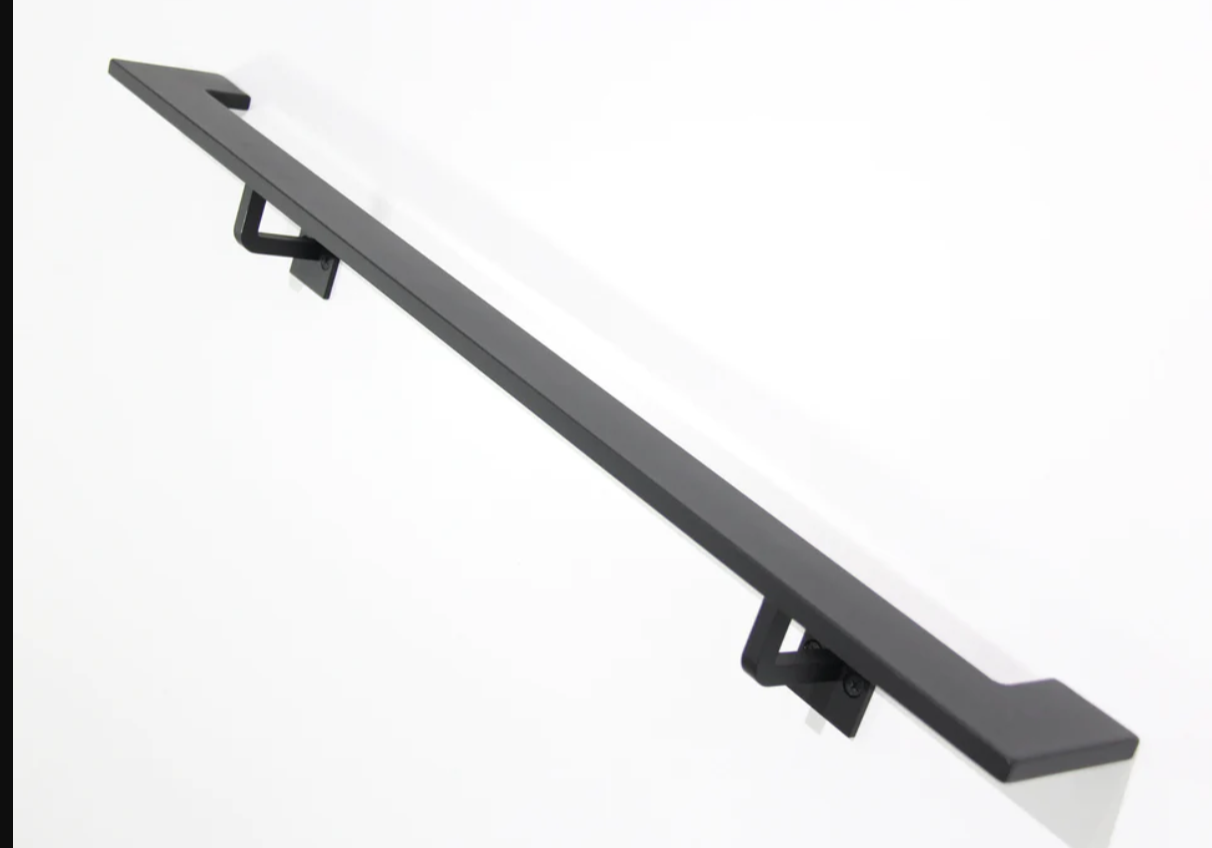
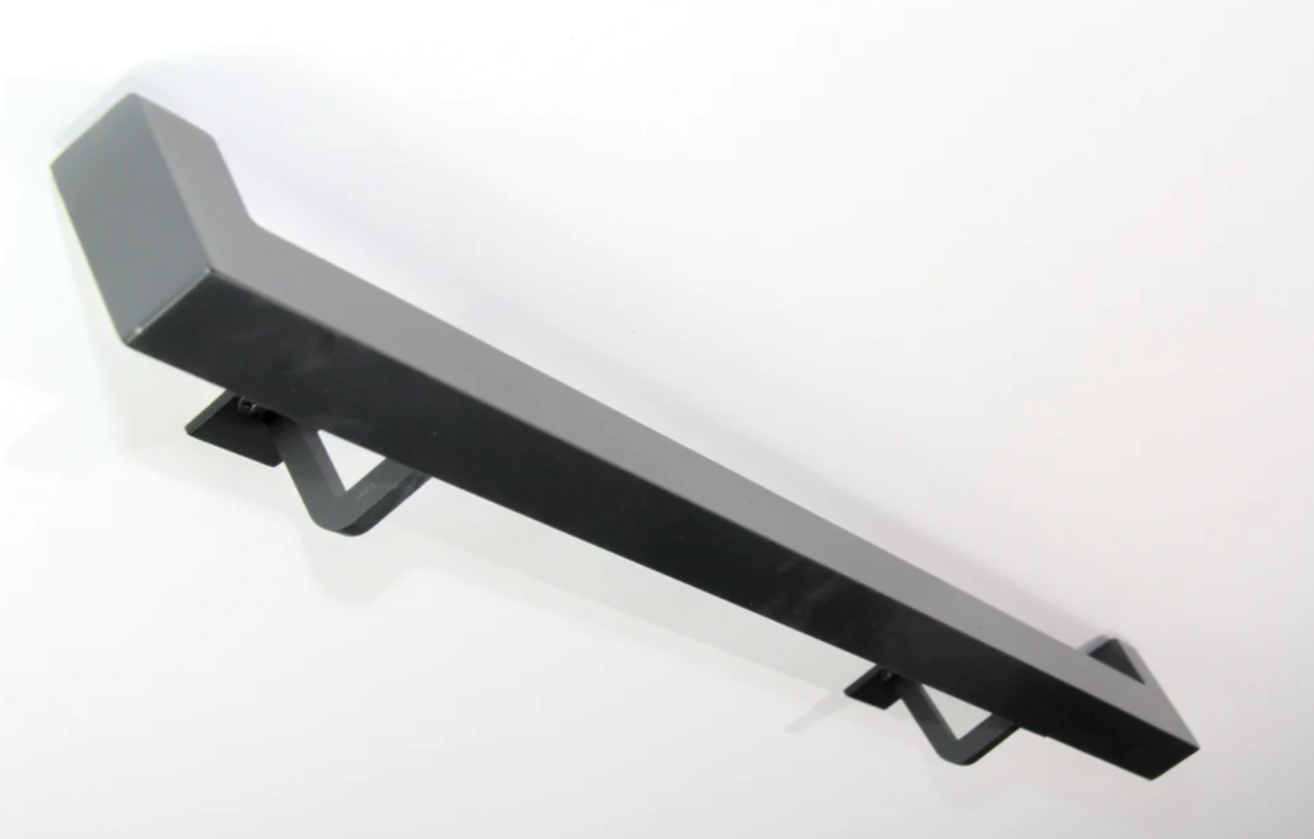
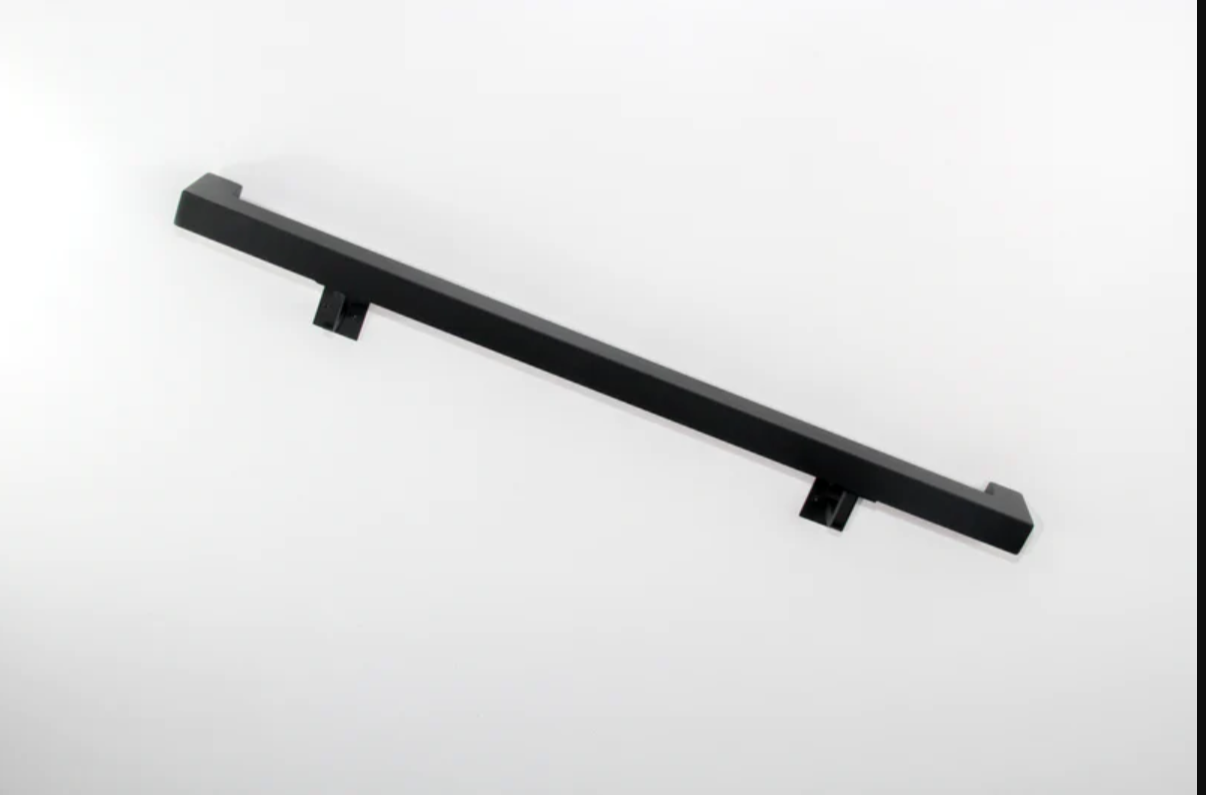
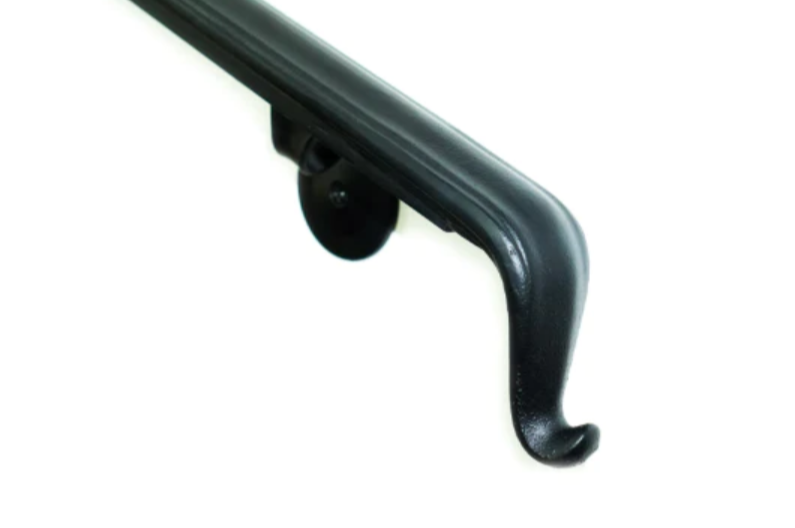
Write a comment ...